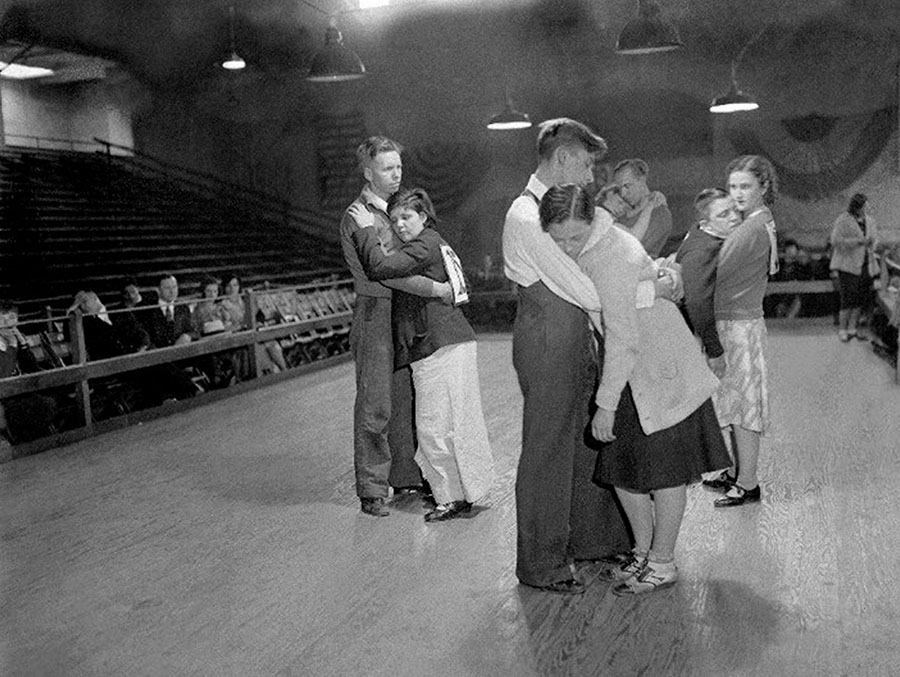
After receiving an extension from the court giving them more time to respond, AVA, Inc. and Josh.ai, Inc. formally filed their responses to the Snap One, LLC lawsuit filed against them this past summer. With these filings, we have completed the end of the beginning of what will undoubtedly be a long dance marathon of patent and trade secret litigation.
See more on the AVA and Josh.ai responses to allegations from Snap One
I first told you about the surprising lawsuit filed by Snap One in this August post. That initial filing contained allegations of some pretty shocking actions by two companies that are well respected in the custom integration community. Not only did Snap One circulate the news of their lawsuit filing, but they also made two of their executives available to speak with the media at length about the matter.
Of course, I learned long ago that allegations are just allegations and there are always two sides to every story. Or I guess in this instance, three sides – as both the original lawsuit and these responses pretty clearly delineate that the allegations and assertions are specific to the individual parties.
A Pretty Perfunctory Process
So responding to any lawsuit is a pretty perfunctory process. Basically, your goal is NOT to try and win your case at this early stage. Rather, you simply want to indicate those allegations that you admit are true…or those that you deny as false.
Generally, those that you willingly admit to are along the lines of this statement from AVA: “AVA admits that it is a Delaware corporation with a place of business in Park City, Utah.” On the other hand, denials can be brief, such as this one from Josh.ai: “Josh.ai denies the allegations of paragraph 8.”
A 153 Page Lawsuit with 73 Pages of Allegations
There are some variations on a theme, but court rules require that all allegations be addressed by each of the defendants. Considering that Snap One’s original complaint contained 73 pages of allegations (and was 153 pages long with exhibits), this makes the responses quite long as well. AVA’s response spanned 40-some pages, while Josh.ai’s was 34 pages long.
One thing that makes this case a little confusing is that some of Snap One’s many allegations seem targeted to apply to one defendant or the other, while others seem to apply to both. So there were a lot of crossover responses from the two defendants.
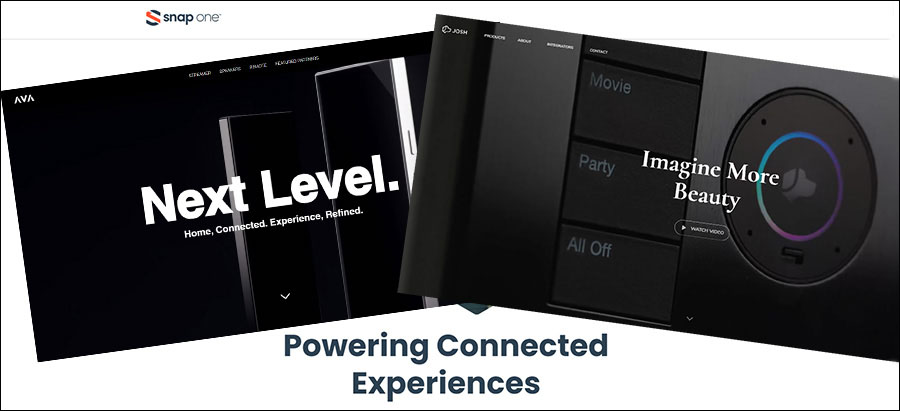
Admitting/Denying Allegations and Asserting Affirmative Defenses
In addition to responding to the allegations, defendants are allowed to assert what are known as affirmative defenses. An affirmative defense is a claimed defense that if found true would minimize or negate the plaintiff’s claims, even if the defendant were to lose the case. Many a case has been won on an affirmative defense.
AVA asserted a total of twenty-three affirmative defenses. Many of these were specifically related to Snap One’s patent and trade dress claims. Others were commonly used affirmative defenses such as estoppel, laches, and unclean hands.
A Couple of AVA Affirmative Defenses Caught My Attention
But two of AVA’s affirmative defenses caught my attention.

As seen above, this “Eighteenth Defense” asserts that AVA had “implicit permission to use the Asserted Patents.” This suggests that there was an implied, but not expressed, permission for AVA to use the patents. However, in August, AVA founder Raphael Oberholzer said in response to Snap One’s original filing, “In fact, we even disclosed our plans for AVA to Snap One before going live and got their approval in writing.”
So if Oberholzer was being completely truthful, then AVA had explicit permission to proceed.

AVA: Snap One is Exhibiting ‘Bad Faith’
In its twenty-third affirmative defense, AVA alleged that Snap One brought this litigation in bad faith. This is something that sources from both defendants angrily told me at the time.

AVA then counter-sued Snap One, alleging four counts related to the patents it had asserted in its original complaint. In Count One, AVA asks the court for a judgment of non-infringement of the ‘623 patent. Count Two asserts that the ‘623 patent is invalid for failing to satisfy select sections of the Patent Act and asks the judge to declare it so. Count Three asks the court for a judgment of non-infringement of the ‘137 patent. And finally, Count Four asserts that the ‘137 patent is invalid for failing to satisfy key sections of the patent act and asks the judge to declare it so.
Finally, AVA joined with Snap One in requesting a trial by jury.
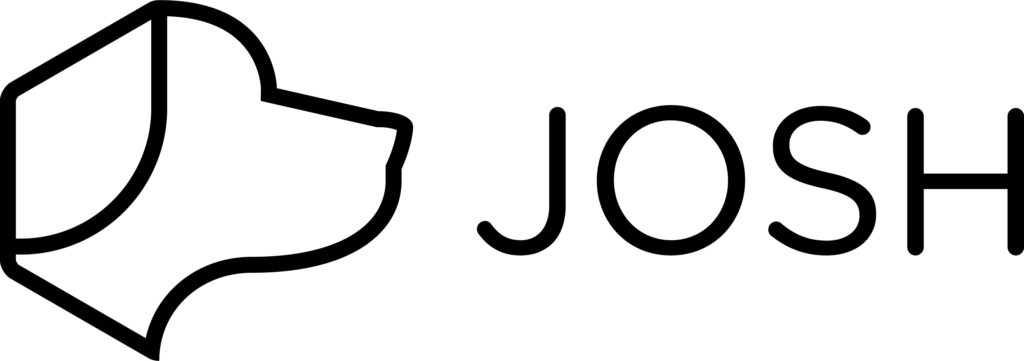
Similarities and Differences in the Josh.ai Filing
While there were many similarities between how AVA responded and how Josh.ai responded to the allegations in the Snap One lawsuit, in many instances, Josh’s response had more nuance and entered new arguable facts into the discussion. For example, look at the top image below of Paragraph 59 of the Snap One suit. Here Snap One notes they have an exclusive agreement that “obligated Josh.ai to refer all Control4 Dealers” to purchase products through Snap One. This explanation is setting up a claim made later in the document that Josh.ai violated that agreement.

Now look at the excerpt from the Josh.ai response to Paragraph 59 shown in the image below. Notice the small but – for Josh.ai anyway – important added text underlined in red [added by me]. It appears to be directly quoting from the distribution agreement.
Josh.ai Response to Paragraph 59 Notes Key Text from Distribution Agreement
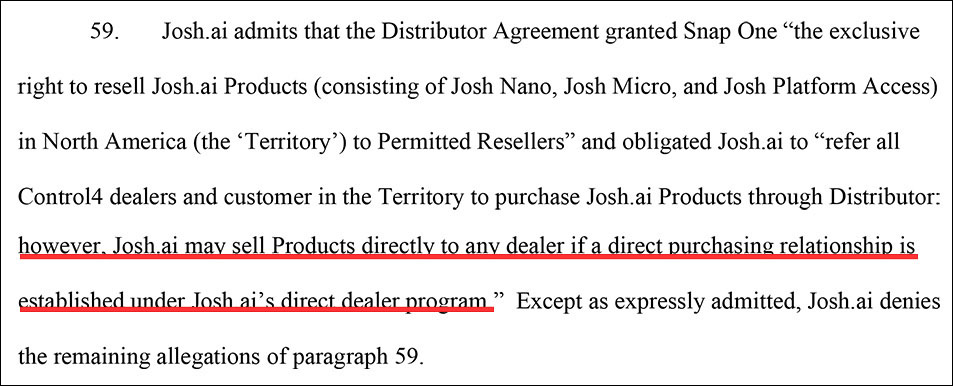
You can see that Josh.ai added in language describing the important fact that the distribution agreement with Snap One apparently allowed Josh.ai to sell their products to any dealer that they have a “direct purchasing relationship” with. This is likely a marker for a potential argument asserting that Josh.ai did not violate the Snap One distribution agreement.
Josh.ai Denies Providing ‘Unauthorized Access’ in Response to Paragraph 103
Another interesting response, was their denial of the allegation in Paragraph 103. See it below…

Again, Josh.ai entered an argument as part of its response – in this case, denying the original allegation. All they needed to do was a simple denial, but they signal here that they are prepared to fight each allegation.
There are more examples of this kind of response by Josh.ai. But you get the idea.
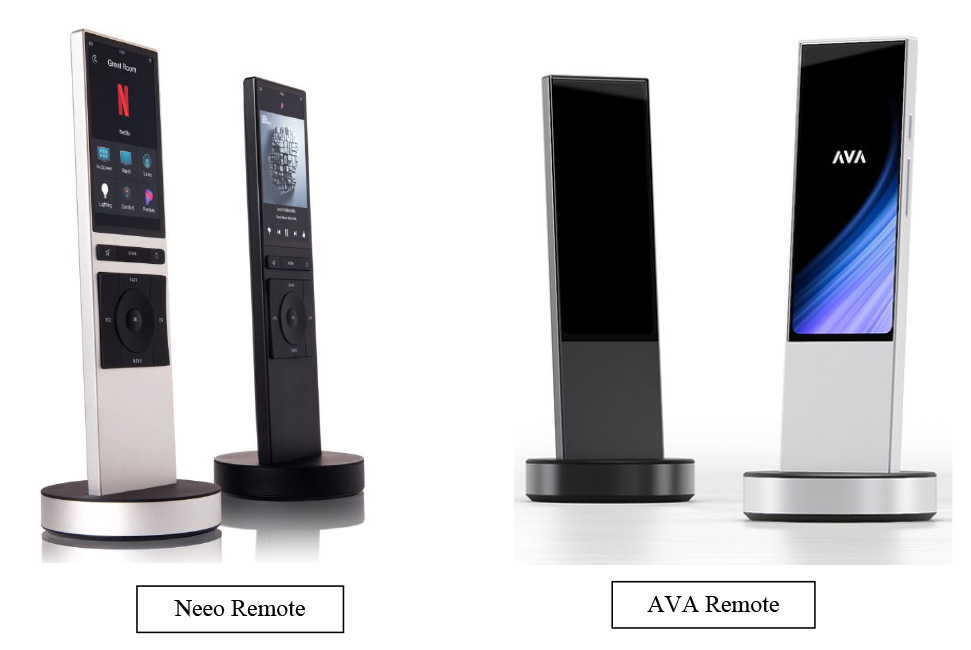
Josh.ai Affirmative Defenses
Like AVA, Josh.ai also asserted affirmative defenses. However, while AVA asserted twenty-three affirmative defenses, Josh.ai…like a boss…asserted no fewer than forty-one affirmative defenses. And just as I did with AVA, I found a few of the Josh.ai defenses interesting.
Much like AVA, many of the Josh.ai affirmative defenses are of your standard issue, garden variety type – laches, estoppel, unclean hands, etc. Also, like their co-defendant, Josh.ai took aim at the patents asserted by Snap One – saying they did not infringe on any of the claimed patents. And these patents, Josh.ai argues, are invalid anyway…so the court should declare them so.
Calls Out Snap One ‘Bad Faith’ After Showing ‘Exculpatory Evidence’
One of the affirmative defenses that caught my eye was the second defense, titled Bad Faith Claim of Misappropriation. Josh.ai asserts in this affirmative defense that Snap One “had no evidence of misappropriation prior to commencing this lawsuit…” Then they add more…

I particularly found the last line to be interesting. Josh.ai claims here that “even after having been confronted with exculpatory evidence,” Snap One “continues to maintain this suit.” If they can prove this to the judge’s satisfaction, Snap One may very well be deemed to be acting in “bad faith.” Judges don’t like that…

Josh.ai Says Don’t Blame Us
My final favorite section of the Josh.ai affirmative defenses is its eighteenth defense, where Josh.ai maintains that Snap One “suffered no recoverable damages attributable to Josh.ai’s conduct.” I can’t say for sure, but this appears to be a reference to Josh.ai’s co-defendant, AVA.
It is clear to me that the prime motivator for this lawsuit was the allegations that AVA had misappropriated Snap One patents and remote designs to create their own version of Snap’s “NEEO” remote in competition with Snap One. Adding insult to injury (in Snap One’s mind anyway), AVA went on to partner with Josh.ai to offer them a Josh-branded version of the AVA Remote (the Josh Remote) with all the same or similar design and technology advantages. It was not long after that this suit was filed.

We’re ‘Not Liable for the Acts of Others’
Josh.ai is saying, in effect, hold on a minute…AVA offered their remote to us with our brand on it to benefit our customers. So to Josh.ai’s way of thinking, we didn’t damage Snap One’s business and so you can’t hold us accountable for the actions of others…nodding in the direction of AVA.
Finally, like Snap One and AVA, Josh.ai demands a trial by jury. So at least there’s one thing they all agree upon.
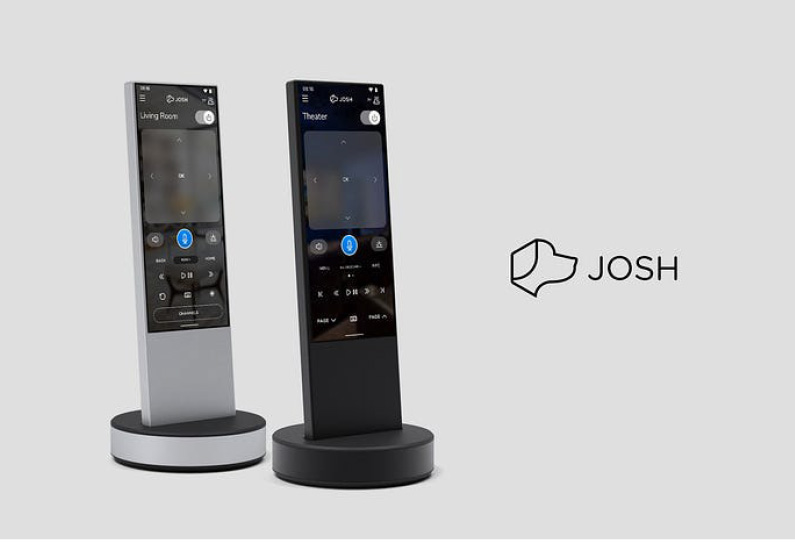
Up Next: Discovery
There is a long way to go in this matter, but these defendant filings in response to the initial complaint really mark the end of the beginning. Up next is a long period of discovery where all parties get to demand many things from each other, including documents, issue interrogatories (specific questions for which the other party must provide written answers), and conduct depositions of key executives of each party.
There will also be a series of hearings to discuss various motions by the parties, many connected with the discovery process. While the trial is a ways off, there will be much activity by the attorneys up to that point.
For More Information
There are more details on this lawsuit, including a full listing of the claims asserted by Snap One, in my post of August 18, 2023, which you can see by following this link…
Learn more about Snap One at snapone.com.
See all the latest on Josh.ai at josh.ai…and AVA at ava.com.





Leave a Reply